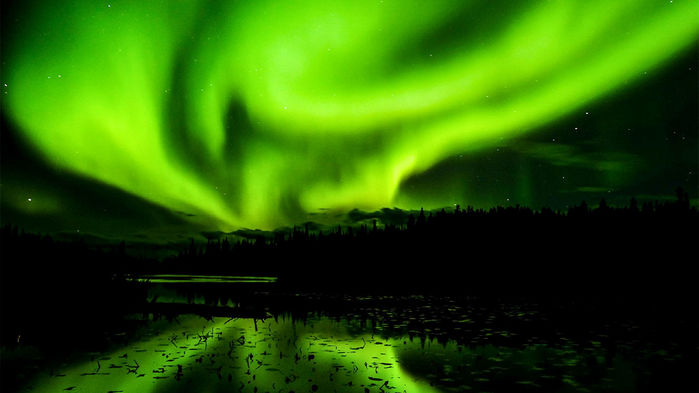Aurorae appear as solar wind, a gust of charged particles emitted by the sun, blows across Earth’s magnetic field. Because the charged particles flow along symmetrical lines in Earth’s magnetic field linking the north and south poles, it made sense to assume the atmospheric displays in each hemisphere would mirror each other. Advances in Earth imaging technology overturned this way of thinking in 2009, when scientists observed simultaneous aurorae drifting across the poles in patterns that didn’t match up.
The study examined images of 10 asymmetric aurorae taken simultaneously from both poles and related changes in the aurorae to changes in Earth’s magnetotail, a windsocklike extension of Earth’s magnetic field. The researchers found that when solar wind approaches Earth from an east-west direction, it creates uneven pressure on Earth’s magnetotail and tilts it toward the side of the planet shrouded in darkness. That tilt causes the idiosyncrasies of shape and location of the northern and southern lights, the team reports this week in the Journal of Geophysical Research: Space Physics.
The findings could improve the prediction of solar storms—which can disrupt electricity grids, satellites, and astronauts in space, the team says. For now, though, observers can just appreciate these stunning—but distinct—light shows.
Read the original article on sciencemag.com.
More about: northernlights
















































